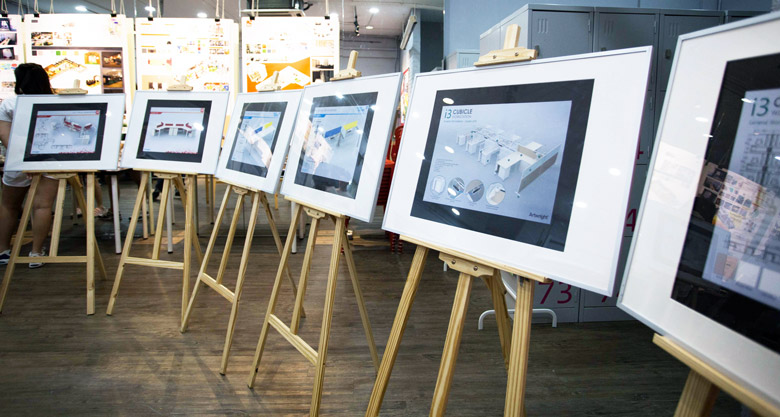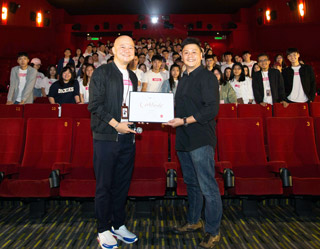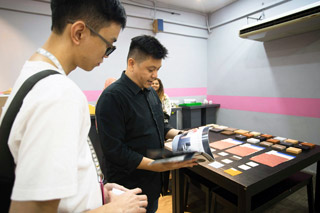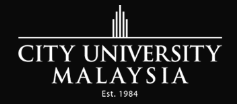Dismantling the Concept of Workspaces to Understand It Better
October 8, 2018 | Campus News
Recently, The One Academy invited Artwright Malaysia to conduct a sharing session to provide information about the various products they manufacture and distribute as well as the process of making them. This was in conjunction with ID Material Day during which the interior design students at The One Academy gain insider insight about the industry. Artwright has a tale of humble beginnings where it started operating out of a garage way back in 1965. Initially, the company only sold drawing boards and T-squares for architects and engineers but eventually branched out to selling office furniture. The move to selling office furniture was decided after realizing its potential as a niche market.
The sharing was headed by Michael, from Artwright’s business development department and focused on what drives the process of designing and producing office furniture. Students who attended also got the opportunity to visit an exhibition by Artwright, which took place at the ID Block of The One Academy. The exhibition consisted of pieces of office furniture along with an in depth explanation about the designs and materials behind it.

The session kicked off with a brief introduction on Artwright and its notable milestones throughout the years. Michael then began explaining on what drives the thought process behind designing and producing office furniture. He said that workplace evolution remains as a key factor to be considered. From the pre-war workspace, industrial age and current modern era, there has been many changes to workspaces due to evolution. Google kicked off the trend of open office spaces which spurred a string of companies to follow suit. However, Michael cited that open office spaces do not always increase productivity, instead there have been research to prove otherwise. The advice given to the young, budding interior designers is to always maintain a balance in the office space through merging the concept of open spaces with cubicle spaces to facilitate face-to-face interaction as well as provide some privacy.
Another factor to look into is trend. “In terms of architecture, the buildings are getting taller and taller, hence the choice of material is also different”, said Michael. Technology and skill also play a part in determining which trends are more likely to take off. Besides trend, globalization also plays a pivotal role in designing the interior pieces for the office. “With globalization, there has been an emergence of new types of workspaces such as call centres”, he noted.
Another major factor to take into consideration is the environment. He explained that when people think of the environment, they immediately think of recycling furniture and pieces, however that is not always the case. It is much more than an individual effort to reduce and reuse, it has to be an institutional change. Companies need to take the step to follow green certifications set to ensure the environment flourishes.

The session ended with a brief Q&A session during which various questions were asked. Among these were what are the effort is put in by Artwright in selecting materials, how they make their furniture sustainable and challenges around designing co-working spaces. Michael stressed that each space is given much thought in the designing process and selecting materials to be used. For example, in workspaces that need sound-proofing such as consultation rooms or meeting rooms, acoustic panels are placed in the walls with very specific materials such as rockwool. Sustainability is achieved by strict adherence to the governing bodies and green certification standards. “We also ensure a certain percentage of each furniture is recyclable”, added Michael. In terms of challenges surrounding co-working spaces, he said that design is not as big of a challenge as cost is. “The challenge is cost of material”, he concluded.
The One Academy is committed to providing the best art education programmes and continues to nurture its students passionately through its ‘Masters Train Masters’ coaching philosophy, which has been practised for the past 27 years, by providing diploma and degree courses namely Advertising & Graphic Design, Digital Animation, Digital Media Design, Film Visual Effects, Interior Architecture & Design, Illustration, Fine Arts and Paris Fashion Design & Pattern Making. For more information on The One Academy, visit www.toa.edu.my or call +603-5637 5510 or e-mail your enquiries to [email protected].
View Other categories: NATIONAL | CAMPUS | ACHIEVEMENT | EDITOR'S DESK























